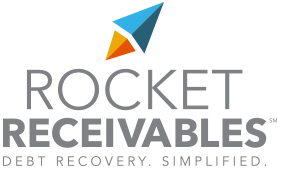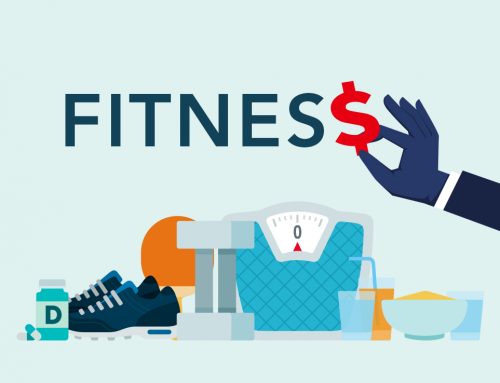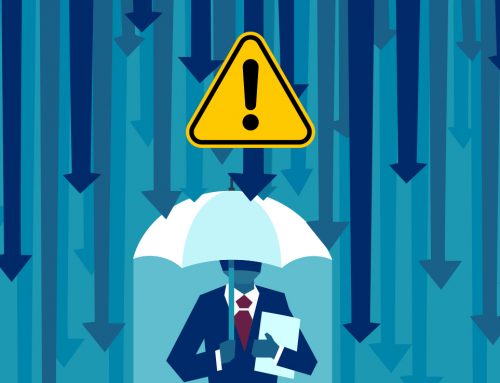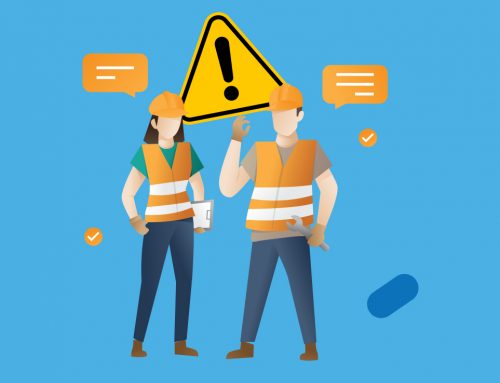Sometimes, collection issues seem to spring out of nowhere, and before you know it, you’re struggling to make payroll. This problem is prevalent in businesses which do not take help of payroll services like Denver payroll services. Knowing how to spot red flags can help you avoid cash flow problems before they put a serious dent in your revenue.
The following are four signs that you might have collection issues at the root of your cash flow problem.
You Don’t Call Delinquent Customers Until Their Bills Are 90 Days Past Due
You’re far more likely to collect a debt if you pursue collection during the first 30 days. In fact, according to Business.com, debts that go 90 days past due have only a 75 percent chance of getting collected, while 120-day debts are only 50 percent likely to be paid.
When you wait until 90 days to start the collections process, you’ve already missed out on your best opportunity. Your customer might not even remember the purchase, or he or she might have moved to another state. Fast, courteous debt collection practices are far more likely to eliminate collections issues than patiently waiting for customers to put a check in the mail.
More of Your Accounts Receivable Are Over 90 Days Than Current
Some companies don’t bother to add up the number of delinquent accounts on the books. They just assume that they’ll either get paid eventually or charge off the debt. However, taking a relaxed approach to collections can cause you to miss important red flags.
For instance, if you have more accounts receivable that have gone 90 days past due than accounts receivable that are current, you’ve got a big collection problem. It’s time to rethink your collections process and involve a professional agency to generate better results.
You’re Not Familiar With Your DSO (Or Your DSO Is Too Long)
DSO, or days sales outstanding, tells you the average time that passes between invoicing a client and receiving payment. A lengthy DSO signifies collections issues because it suggests that your customers don’t pay in a timely manner.
The smaller your business, the shorter your DSO should be. Some large enterprises can handle longer DSOs because they have more revenues and assets. Small businesses, on the other hand, rely on accounts receivable to maintain a steady cash flow.
Most of Your Customers Don’t Pay in Full
You might get fooled into thinking you have a healthy A/R system if you receive payments on a regular basis. However, if most of your customers make partial payments, you’re probably facing collections issues. While partial payments are better than no payments at all, they still indicate potential credit risks.
If you receive an unexpected partial payment, you should send a letter immediately reminding the customers that the balance is due in full.
Collections issues can quickly turn an otherwise healthy business into a financial disaster. If you find yourself struggling with any of the red flags above, consider outsourcing your accounts receivable to an expert partner that can help you maximize your cash flow and reduce your bad debt.






